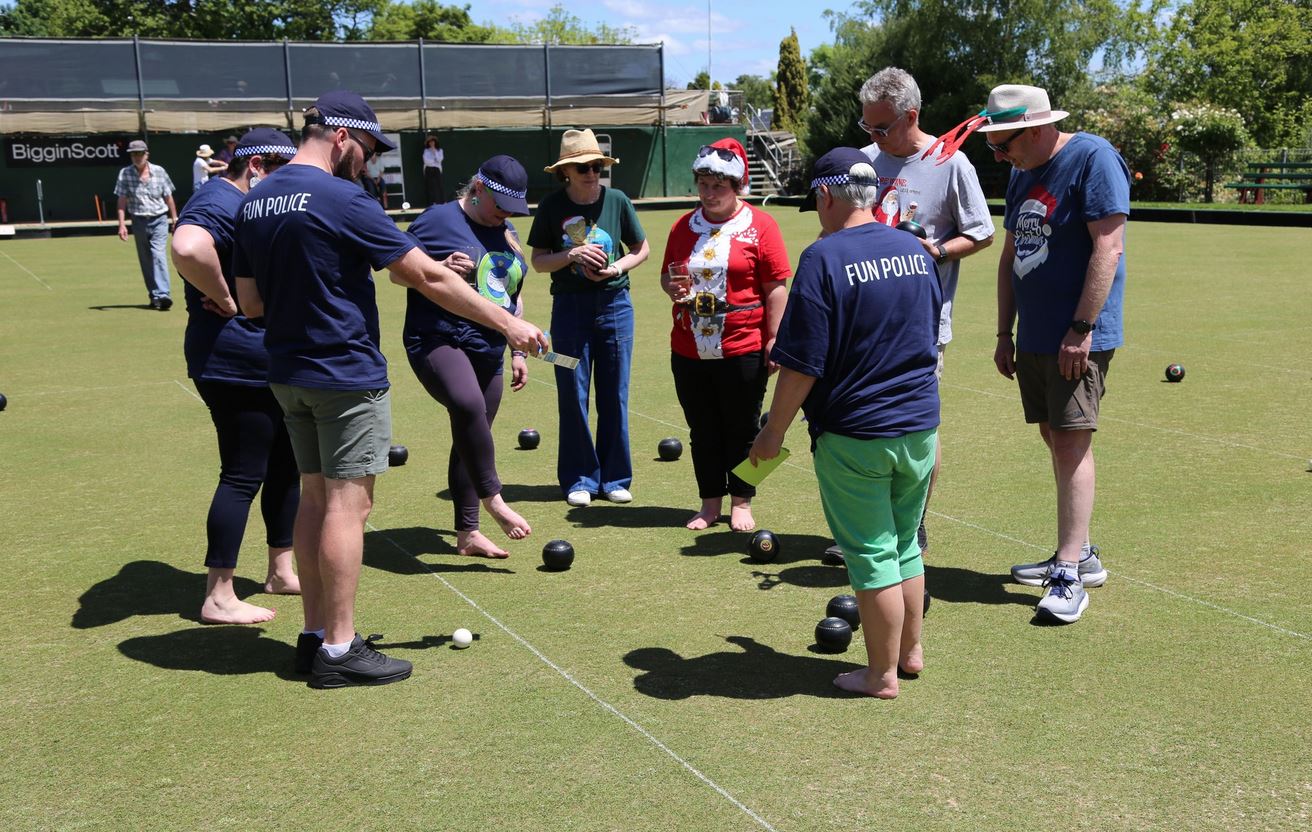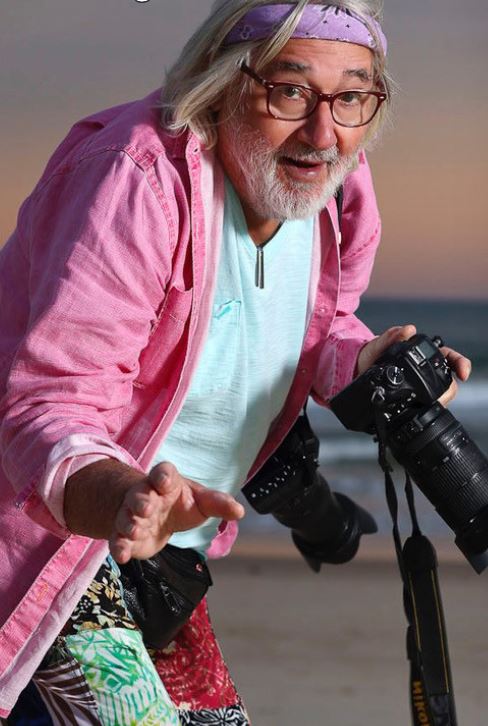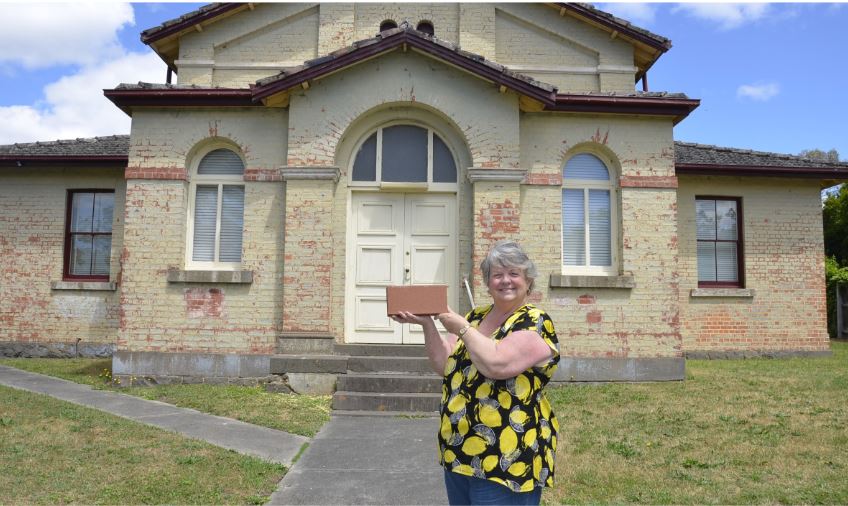February 14th, 2021Glen, About the house
Probably the best thing about creating a bird- and bee-centric garden is the year-round colour and fragrance it will bring. Not to mention the pleasure of the birdsong and company of delightful feathered visitors.
Actually the birds provide a double benefit. A goodly number of the nectar-seeking bird species are also insectivores and so will help you in the war against the bad bugs. Another good reason not to use nasty chemicals.
The beauty of it all is that almost all plant species that rely on outside assistance in their pollination process of reproduction resort to colour and/or heightened fragrance, and a tasty sip, to entice their assistants into the act. This of course means that it undoubtedly makes them well worthwhile for inclusion in our gardens.
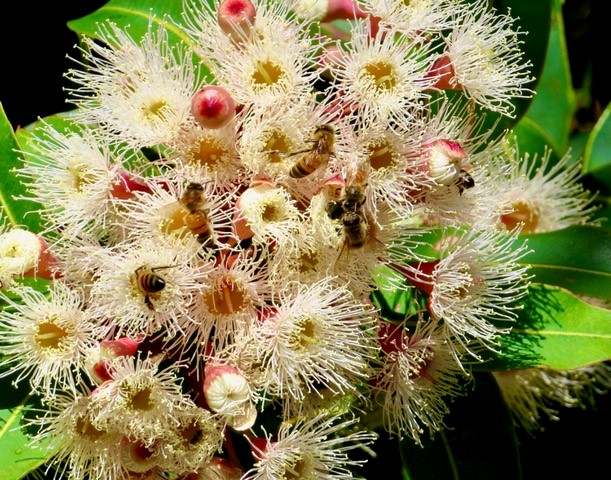
Practically every flowering plant, from the minuscule flowering annuals to the mighty eucalypts, are included in the perfume/colour plot. So you have plenty of options to select the right ones for your garden.
Apart from the obvious choices of lavender, jasmine, gardenias, roses, salvia, lilac etc, there are many favourite Australian native shrub and tree species with a powerful attraction for birds, butterflies and insects alike. So they are not just deserving of a place in your garden for their sheer beauty alone.
A few indigenous, nectar-providing favourites
Anigozanthos spp (kangaroo paw): Through hybridising they are now available in a great range of colours from yellow, green and pink to vivid red. These fast-growing perennials are much favoured by butterflies and nectar- and insect-eating birds, and look great grown en masse or scattered among other perennials along a pathway.
Banksia spp: An amazingly diverse tribe of the proteaceae family ranging in size from low groundcovers to shady trees, all with the distinctive bottlebrush-like flowers and in many colours. Banksias provide a never-ending supply of nectar for both birds and bees as well as nesting places and protection from larger predators in their dense growth, and larval food for butterflies. Some varieties even provide seed for the yellow-tailed black cockatoos. A pair of which make annual visits to the large banksia in our lane.
Callistemon spp: Commonly known as bottlebrush, again widely ranging in size of growth, all come with their trademark brush flowers and range in size from knee-high bushes to small trees. All are attractive in various ways whether as shelter, nectar or insect feasts for the insectivores. Some provide seeds and fruits for rosellas and other parrot species.
Correa spp: Commonly known as native fuchsia, these hardy, compact shrubs come in a range of coloured, bell-shaped flowers and attract honeyeaters and nectar-feeders alike. Some small parrots actually eat the flowers. Some varieties provide a haven for lizards – at least our neighbourhood shingleback, Lenny, seems to think so.
Darwinia citriodora: A low-spreading shrub with narrow lemon-scented leaves and nodding heads of small yellow and red flowers. Attractive to honeyeaters, native bees and butterflies. In turn, the bees and insects gathering pollen are a source of food for wrens and flycatchers.
Eremophila spp: Small, low-growing shrubs commonly known as emu bush with pale blue flowers similar to the native mint. They are attractive to smaller honeyeaters and apparently occasionally to blue-tongue lizards, who dine on their fallen leaves.
Grevillea spp: A large genus of some 200 or so species of the proteaceae clan, ranging from delicate ground-huggers to the mighty silky oaks of the tropical forests. They all bear similarly formed nectar-laden flowers so are attractive to honeyeaters of all kinds and insects, which in turn small birds like scrub wrens feed on. Their seed cones are a magnet for parrots and rosellas.
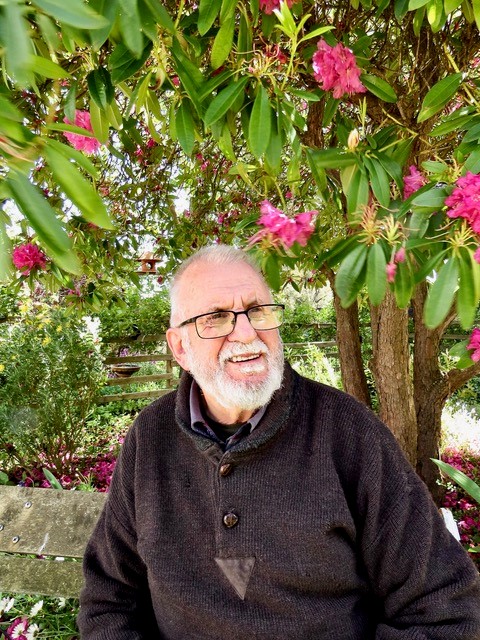
These are but a few of my favourite native bird baits. There are many more such as kunzea, leptospermum, melaleuca, prostanthera etc not to mention the seed-eater attracting trees and shrubs, but that’s a story for another time.
Got a gardening question? Ask Glen. Email glenzgarden@gmail.com






